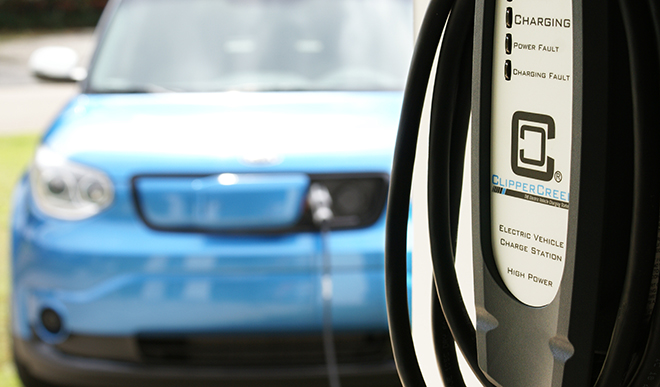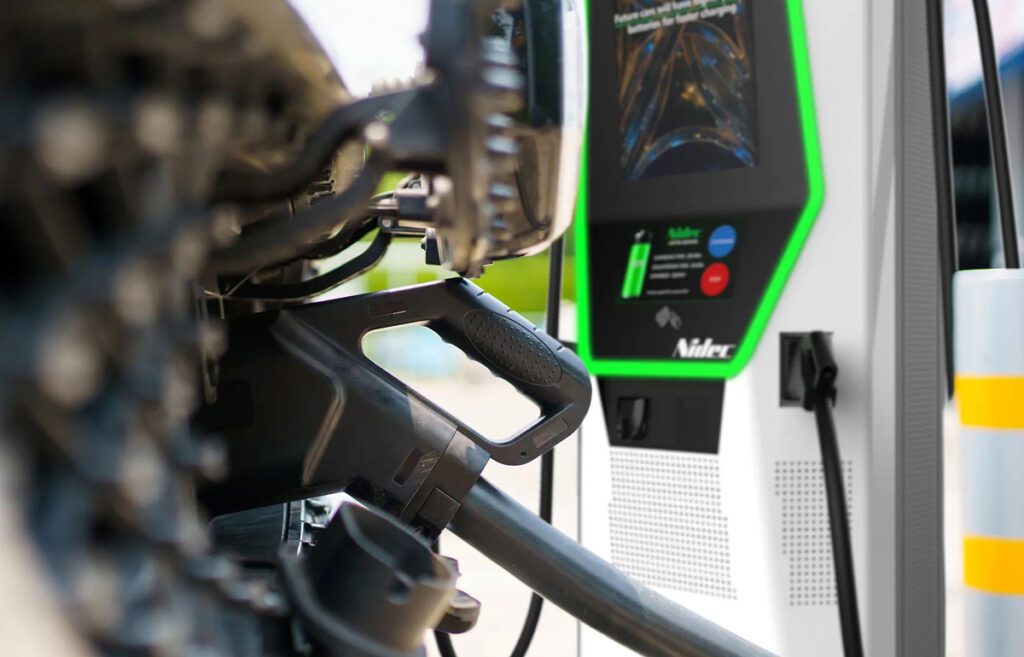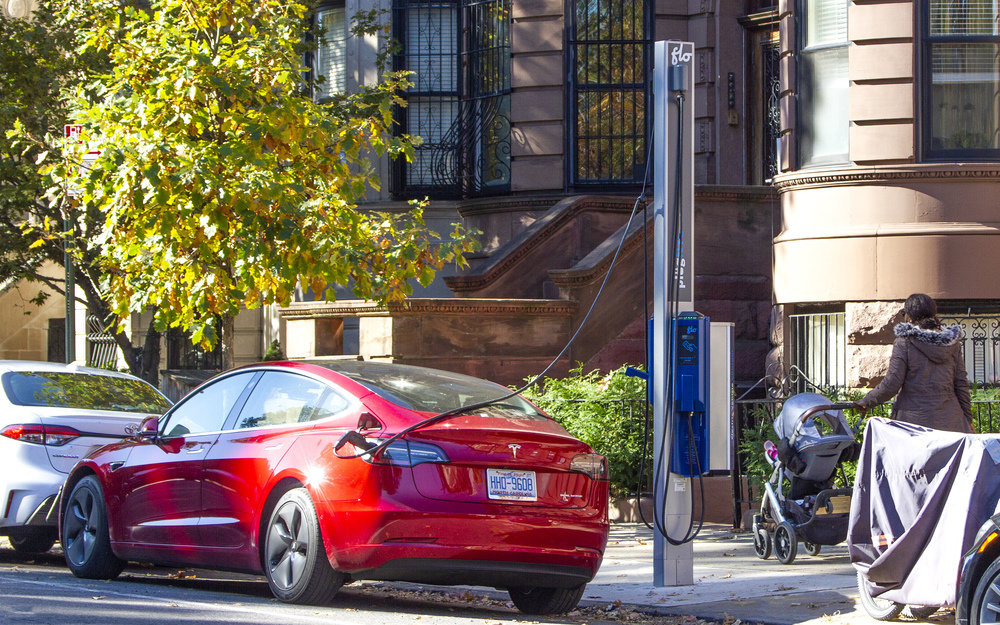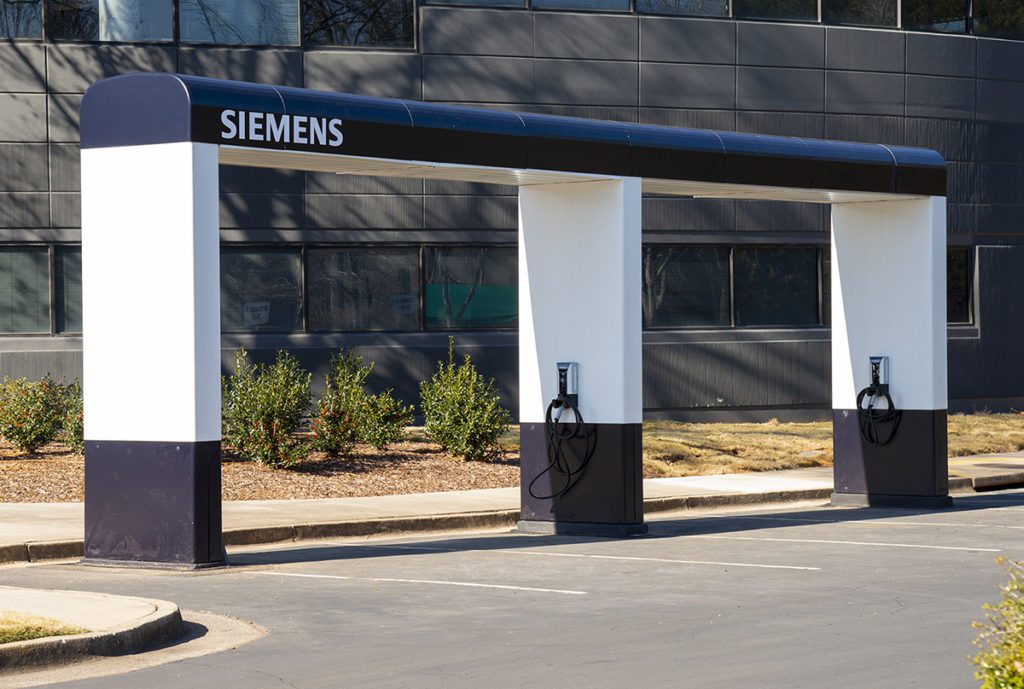Echoing the findings of a report from Next 10 on the effect of EVs on California’s power grid, an analysis from McKinsey suggests that the projected growth in e-mobility will not drive substantial increases in power demand in the near to midterm.
Using information from Germany as an example, McKinsey found that EV adoption is not likely to cause large increases in power demand through 2030. EVs are projected to add about 1 percent to the total demand, requiring about five extra gigawatts (GW) of generation capacity. That amount could grow to roughly 4 percent by 2050, requiring additional capacity of about 20 GW. Almost all this new capacity will likely involve renewables.
While the uptake in EV sales is unlikely to cause a significant increase in total power demand, it will likely reshape the electricity load curve. The most pronounced effect will be an increase in evening peak loads. In Germany, McKinsey expects an increase in peak load of approximately 1 percent by 2030 and about 5 percent by 2050 – increases that the system can likely absorb.
However, the changing load curve will lead to challenges at a local level, because the regional spread of EVs may vary significantly. Suburban EV adoption hot spots and other concentration points of charging, such as public fast charging stations and commercial vehicle depots, will see significant increases in local peak loads.
The volatile and spiky load profiles of public fast charging stations will also require additional system balancing. Unmanaged, substation peak-load increases will eventually push local transformers beyond their capacity, requiring upgrades. McKinsey’s analysis predicts that capital-expenditure requirements as a function of national-level EV penetration will follow an S-curve shape. In other words, while investment needs will be modest at low EV penetrations, they jump rapidly as the number of EVs increases and eventually level off again at high penetration levels.
Energy providers can address this situation by implementing time-of-use electricity tariffs, a measure that could halve the increase in peak load. They can also deploy more local solutions, such as co-locating an energy-storage unit with a transformer that charges the unit during times of low demand. The storage unit then discharges at times of peak demand. As the cost of batteries continues to decline rapidly, using energy storage to smooth load profiles will become increasingly attractive.
A more future-oriented solution involves vehicle-to-grid plans, which not only shift the power demand from EVs but also make it possible for EVs to feed energy back into the grid. Pilot studies have shown a substantial willingness of EV owners to participate in coordinated smart charging. The total value created can be up to several hundred euros per EV each year, depending on local specifics.
Source: McKinsey









































































